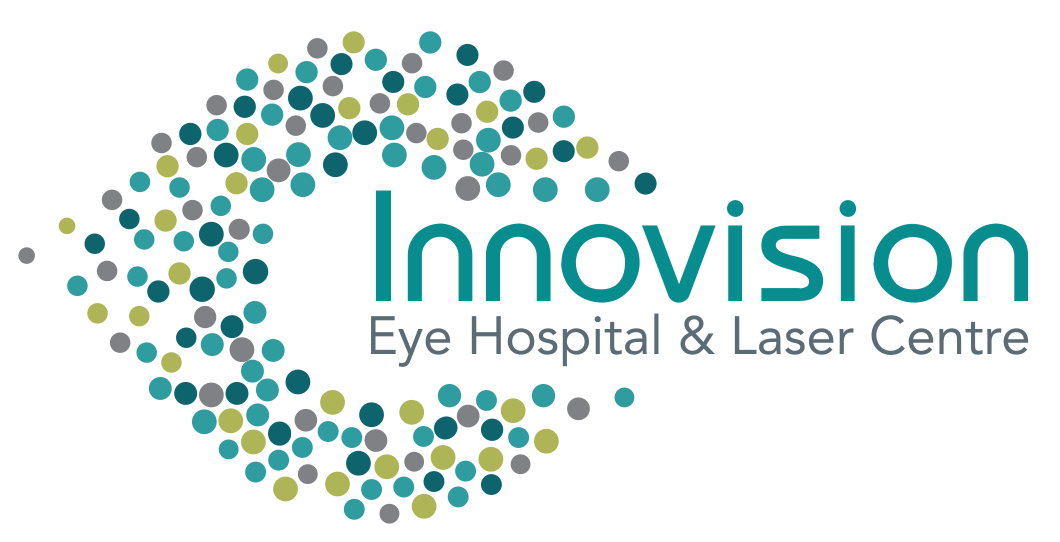


Advanced Treatment for Cornea
What is a Cornea?
The cornea is the transparent part of the eye that covers the front portion of the eye. It covers the pupil (the opening at the center of the eye), iris (the colored part of the eye), and anterior chamber (the fluid-filled inside of the eye). The cornea’s main function is to refract, or bend, light. The cornea is responsible for focusing most of the light that enters the eye.
The cornea tends to repair itself quickly from minor abrasions. However, deeper abrasions may cause scars to form on the cornea, which causes the cornea to lose its transparency, leading to visual impairment.
Corneal Pathologies
KERATOCONUS
What is Keratoconus?
Keratoconus is a bilateral asymmetric disorder of the eye where there is gradual thinning and bulging of the central portion of the cornea forwards in a conical shape. It is associated with significant visual problems like blurring and distortion of vision, increased sensitivity to light etc.The cornea is responsible for refracting (focussing) accurately most of the light coming into the eye. Therefore, abnormalities of the cornea severely affect the way we see the world making simple tasks, like driving, watching TV or reading a book difficult.
Does it Cause Complete Blindness?
No, very few if any persons suffer from total blindness from keratoconus alone. But in severe cases, one’s vision can be significantly impaired and normal everyday activities may be difficult. However with the currently available treatment options most patients retain useful vision enabling them to lead normal productive lives.
How to treat it?
There are a number of treatment modalities available for the management of keratoconus. It depends on the signs and symptoms and the stage of the disease. For mild to moderate cases, glasses and soft contact lenses are prescribed as the first line of treatment. As the disease progresses the quality of vision deteriorates and soft contact lenses fail to provide satisfactory vision due to increase in the irregularities of the corneal surface. The following can be done for advanced progressive’s cases:


What are the symptoms of a Cataract?
1. Custom soft contact lenses
Wide range of fitting parameters are available for a customized fit and are larger in diameter than regular soft lenses for greater stability on a keratoconic eye.
2. Rigid gas permeable contact lenses
These are preferred for highly irregular corneal surface. These lenses vault over the cornea, masking its irregular shape with a smooth, uniform refracting surface to improve vision.
3. Hybrid contact lenses
These lenses with their wide variety of fitting parametersare a combination of a rigid centre with a soft peripheral skirt. The centre of the lens is highly permeable to oxygen and it fits over the central conical portion of the cornea to provide comfortable and clear vision.
4. Piggyback contact lenses
It includes one soft contact lens which is placed over the cornea for better comfort and then a rigid contact lens is placed over the soft lens to provide a smooth refracting surface. This combination thus improves the overall fit and comfort of the patient.
5. Semi-scleral and scleral lenses
They are large in size with their periphery touching the sclera which is the white portion of the eye. They put less pressure on the cone area and provide a better stability and comfort.
6. Intacs
These are transparent,rigid arc shaped ring segments made of inert non-toxic material which are positioned surgically inside the cornea. It reshapes the cornea without removing any tissue preserving the biomechanical integrity of the cornea.
7. Corneal cross-linking
It helps in halting the progression of the disease. In this procedure, cornea is saturated with riboflavin eye drops which is followed by exposure to ultraviolet light rays. There are various protocols available to carry out this procedure, selection of which depends upon the corneal parameters and the grade of keratoconus.
8. Corneal transplant
It is the treatment of choice in patients with advanced progressive disease with corneal scarring and extreme thinning. It is generally reserved as the last treatment option when all other procedures fail. In this procedure a donor cornea is used to replace the patient’s diseased cornea and held in place with the help of corneal sututres. It takes a few months for the stabilization and visual recovery. It is associated with complications such as graft rejection, infection,interface haze etc.
Corneal Transplant
What is Corneal Transplant?
With corneal transplants, scarred or damaged tissue is replaced with healthy donor tissue. Corneal transplants either replace the whole cornea (standard full thickness known as Penetrating Keratoplasty) or individual layers (partial thickness known as DSAEK, DMEK and DALK). The type of transplant performed depends on the prior condition and extent of the damage.

Why Choose Innovision Eye Hospital?







